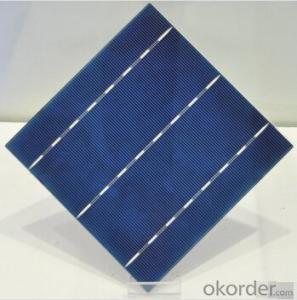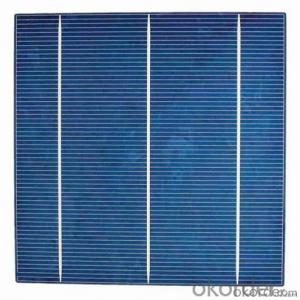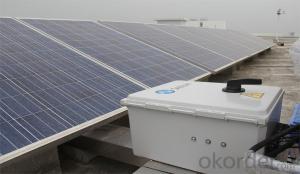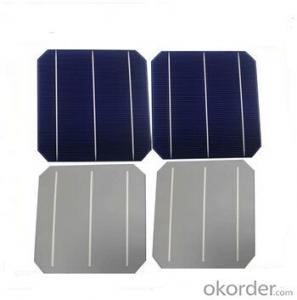Edmund Scientific Solar Cells
Edmund Scientific Solar Cells Related Searches
Except For Solar Cells Weegy Problems With Solar Cells High Power Solar Cells Light Trapping In Solar Cells High Performance Solar Cells High Output Solar Cells High Wattage Solar Cells Energy Transfer In Solar Cells High Efficiency Hvac Systems Recombination In Solar CellsHot Searches
Cheap Solar Cells For Sale Flexible Solar Cells For Sale Q Cells Solar Panels For Sale Printed Solar Cells For Sale Bulk Solar Cells For Sale 6x6 Solar Cells For Sale Broken Solar Cells For Sale Cpv Solar Cells For Sale Photoelectric Cells For Sale Price Of Silicon Solar Cells Price Of Solar Cells Over Time Buy Solar Cells From China Cheap Solar Cells China Best Type Of Solar Cells Flexible Solar Cells Price Q Cells Solar Panels Price 3 Types Of Solar Cells Production Of Solar Cells Common Types Of Solar Cells Q Cells Solar Panel PricesEdmund Scientific Solar Cells Supplier & Manufacturer from China
Okorder.com is a professional Edmund Scientific Solar Cells supplier & manufacturer, offers integrated one-stop services including real-time quoting and online cargo tracking. We are funded by CNBM Group, a Fortune 500 enterprise and the largest Edmund Scientific Solar Cells firm in China.Hot Products
FAQ
- Solar cells affect the grid by injecting clean and renewable energy into the system. When solar cells generate excess energy, it flows back into the grid, reducing the demand for electricity from traditional power sources. This integration of solar power helps lower carbon emissions, diversify the energy mix, and can even lead to a more resilient and decentralized grid.
- Is it possible to learn how to make solar cells by yourself?
- I did that when I was 15 years old, and I succeeded!
- Yes, solar cells can be used for powering streetlights. Solar-powered streetlights use photovoltaic panels to convert sunlight into electricity, which is then stored in batteries for use during the night. This sustainable and renewable energy source eliminates the need for traditional grid electricity, reducing costs and environmental impact.
- Solar cells have a significant impact on reducing energy poverty by providing access to electricity in remote areas that are not connected to the grid. They offer a reliable and sustainable source of power, enabling households to meet their basic energy needs and improve their quality of life. Additionally, solar cells reduce dependence on expensive and polluting fossil fuels, making energy more affordable and environmentally friendly for those living in poverty.
- The maximum efficiency that a solar cell can achieve is known as the Shockley-Queisser limit, which is approximately 33.7%. However, in practical applications, commercial solar cells typically have efficiencies ranging from 15% to 22%.
- Many people said the usage of solar cell can reduce the cost overall, but does anyone agree with me that it actually cost a lot to operate a solar cell system?
- Yes, I agree with you in this way because it is true that operating the solar cell system cost a lot.
- Yes, solar cells can be used for powering water treatment plants. Solar energy can be harnessed and converted into electricity to power the various processes and equipment required for water treatment. This renewable energy source offers a sustainable and environmentally friendly solution for powering water treatment plants.
- Yes, solar cells can be used in public transportation systems. They can be installed on the roofs of buses, trains, and trams to generate electricity from sunlight, which can be used to power various systems such as lighting, air conditioning, and onboard electronics. This helps reduce reliance on fossil fuels and lowers the carbon footprint of public transportation. Additionally, solar cells can also be integrated into bus shelters and charging stations to provide clean energy for electric buses and other vehicles.












































